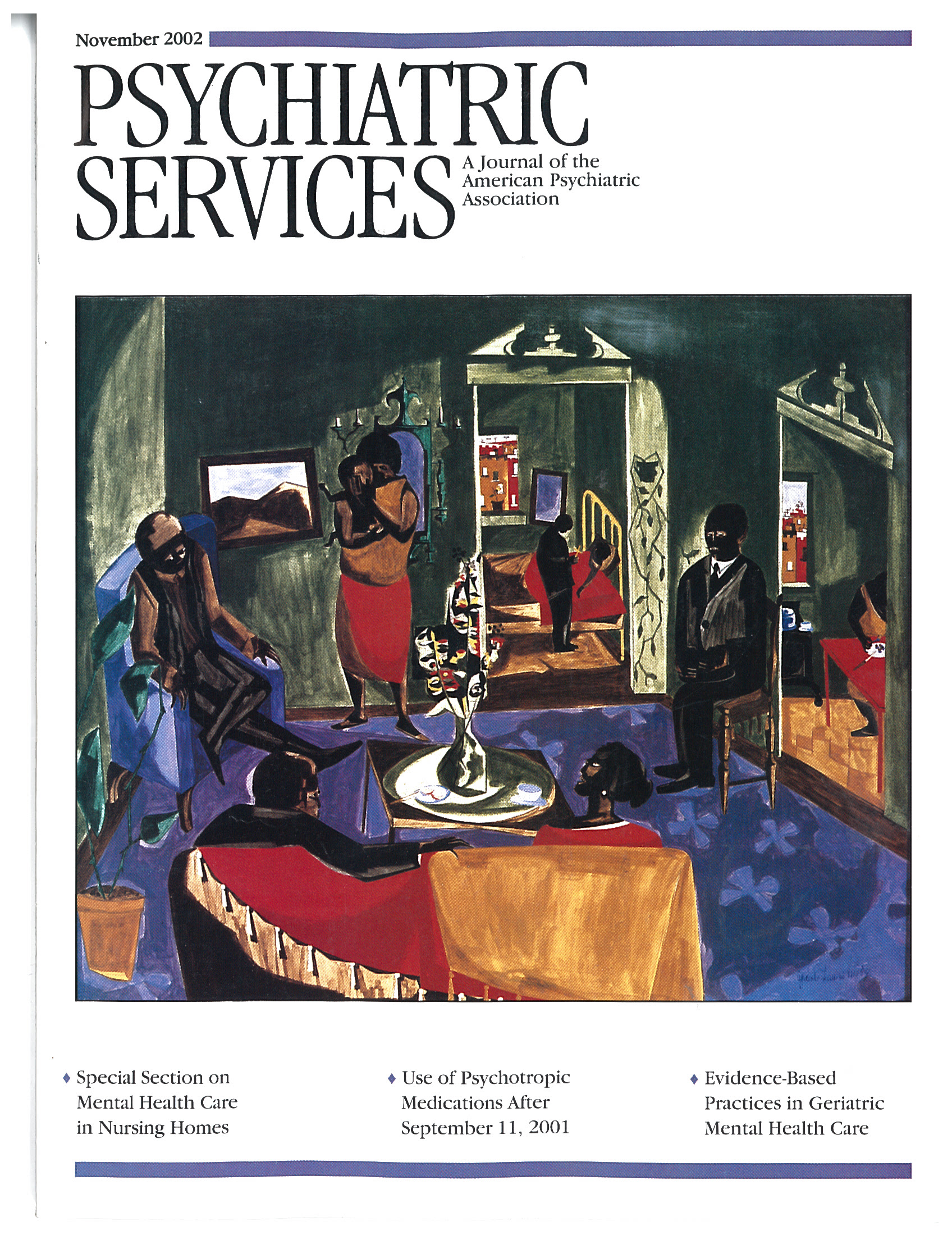Seeking Safety: A Treatment Manual for PTSD and Substance Abuse
As a psychiatrist working at a Veterans Affairs medical center, I see many patients who have both substance use disorders and posttraumatic stress disorder (PTSD). I know the frustration of referring patients to treatment programs for PTSD only to have their enrollment denied because they abuse substances or have prescriptions for controlled substances for the management of anxiety. Some patients with PTSD present for treatment of substance abuse and are told that they need to get their PTSD symptoms under control before they can receive treatment. Thus I was happy to see the publication of Seeking Safety: A Treatment Manual for PTSD and Substance Abuse.
Dr. Najavits is a psychologist and director of the trauma research program in the alcohol and drug abuse treatment program of McLean Hospital in Belmont, Massachusetts. Substance abuse and PTSD often co-occur, and this book details the first integrated treatment program for the two disorders.
The book is structured as a manual for clinicians. Najavits approaches this difficult treatment population by using case management, interpersonal, behavioral, and cognitive intervention strategies. The manual offers flexibility to allow for use in either group or individual psychotherapy.
Najavits begins by presenting an overview of the literature and then in chapter 2 provides general guidelines for therapists who will be conducting the sessions. This chapter contains an excellent discussion of general psychotherapy principles and will be particularly useful to less experienced therapists. The bulk of the manual consists of 25 session topics, complete with recommendations about potential countertransference issues and tips on preparing for each topic, as well as numerous patient handouts. Topics focus on pragmatic issues, such as coping with triggers, boundaries, and asking for help, as well as on more existential issues, such as creating meaning, developing compassion, and honesty.
The strength of this manual is its comprehensiveness. The book reveals the author's extensive clinical experience working with this population and her keen ability to apply the basic principles of cognitive-behavioral and interpersonal therapies in ways that are concrete and practical. She anticipates any possible problems in each session and offers suggestions for both the therapist and the patient.
Perhaps in her zeal to be complete, however, Najavits repeats information often. Although such repetition can be useful as an educational tool, it also makes for a rather weighty manual. The wealth of information Najavits presents can be the book's main detraction, potentially bogging down the reader. Dividing the manual into a basic starter's program followed by ideas for more advanced application of treatment concepts and materials might have made the book easier to navigate.Seeking Safety fills a long-standing gap in the assessment and treatment of PTSD and substance abuse. Najavits' thoroughness and her commitment to ongoing research in this area are illustrated by her inclusion of a questionnaire for patients and therapists who use the manual to provide input about what worked and what didn't. Psychologists, psychiatrists, social workers, and any clinicians who conduct therapy with this population will benefit from owning this manual.
Dr. Sigmund is a staff psychiatrist at the Department of Veterans Affairs Medical Center outpatient clinic in Springfield, Ohio, and assistant professor of clinical psychiatry at the University of Cincinnati College of Medicine.



